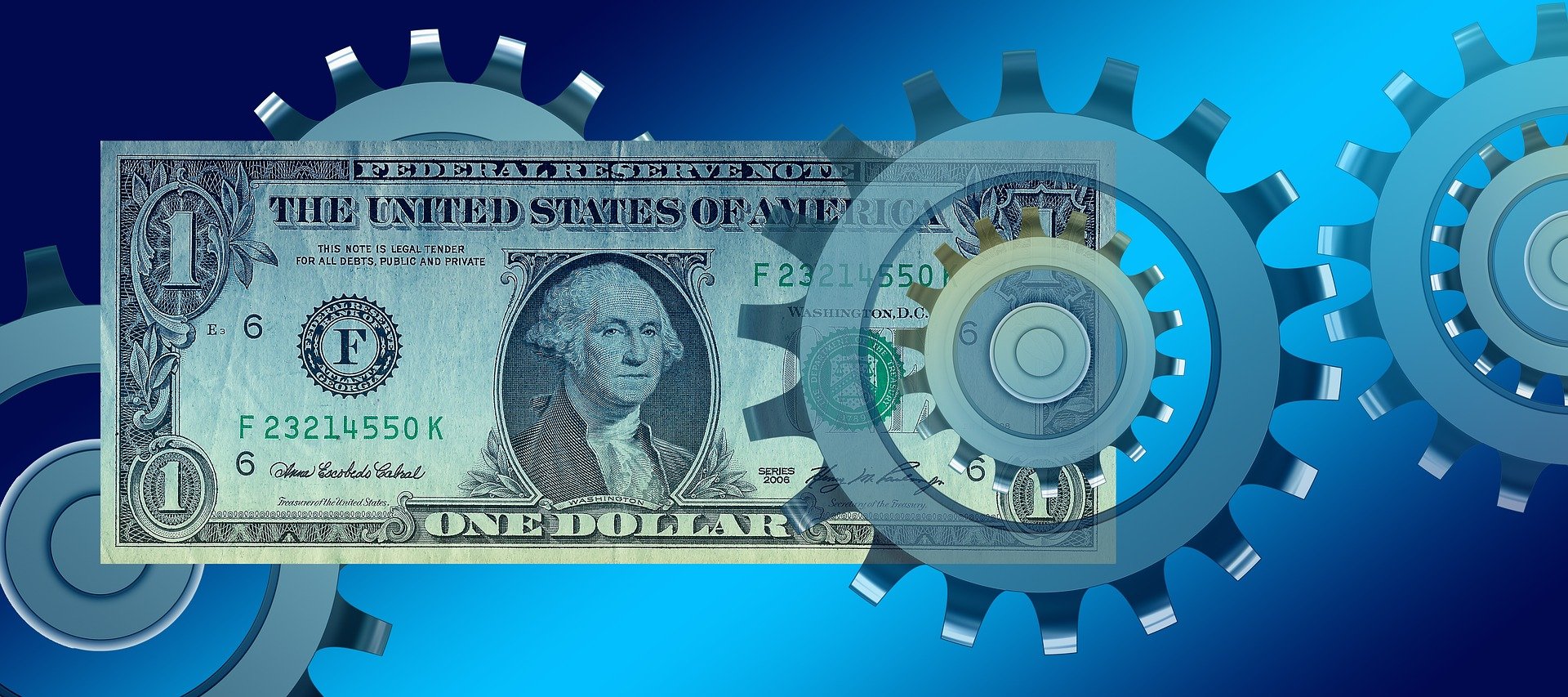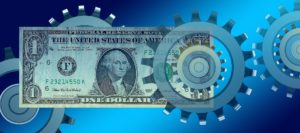
Inflation is back: should you worry about it?
Inflation is back: should you worry about it?
By Kelly Pedersen, CFP®
Inflation is back in the news in a way we haven’t seen in years. The annual rate of inflation in the United States hit 6.8 percent in November of 2021, the highest in more than three decades, as measured by the Consumer Price Index.
You may be personally feeling it in the pocketbook each time you go to the store or order online. A variety of goods and services are costing more. It’s important to note that there are different types of inflation: goods and services (what most people think of when it comes to inflation), durable goods (such as cars), and wage inflation, among others. For the purposes of this article, we are talking about goods and services inflation.
Of course, no one wants to pay more for everyday items. The good news is the inflation we are experiencing now (goods and services) could very well be relatively short lived, meaning it could subside in the next 12-18 months. There are a variety of reason for that. Here’s what you need to know:
- Goldman Sachs predicts that the inflation rate will drop to 4.3 percent at year-end, 3 percent by June 2022, and 2.15 percent by December 2022. Essentially, that brings us back to a normal inflationary rate, as targeted by the Federal Reserve (Fed), in just 12 months. That is historically a fairly quick reversal.
- Understand the statistics related to the current and projected rate of inflation had a starting point that was set in an unprecedented pandemic, which may very well create skewed and inflated numbers. As time goes on, those numbers should normalize.
- It should come as no surprise that we have high inflation. For several months we largely stopped paying for services that we utilized consistently in our daily lives before we hunkered down during the pandemic. Flying, traveling, dining, going to a theater, sporting event or concert to name a few. That created major shock waves to the economic system. As the pandemic eventually eases and consumers return to normal consumption habits, the impact on inflation may also likely normalize.
- On the flip side, many people bought goods online in rampant fashion during the pandemic, leading to pressure on supplying those goods to consumers. The supply chain disruption we are experiencing now is fueling the higher rate of inflation. The good news is as the supply chain issues are resolved, the inflation rate will likely follow with a sharp downward trajectory.
- When the pandemic hit, the Fed immediately dropped interest rates to near zero. It is necessary for a healthy economy for those rates to revert to the norm, which was still quite low in recent years. Raising rates can be viewed as a healthy path to a normalizing economy and not one that is overheating.
So with that understanding of what is driving the current inflationary environment, and what is likely to happen over the next several months, below is a list of what (and what not) to do now:
- Always make changes to your investment portfolio with the long term in mind. The current inflationary environment is not reason for significant allocation changes for most people. Remember, it is expected that the current rate of inflation could drop significantly within the next year.
- Be wary of TIPS (Treasury Inflation-Protected Securities), which are designed to protect against inflation. The best of the TIPS market is behind us. Stay focused on your plan and lean into sectors where inflation could potentially be advantageous to your investment portfolio. Look to your advisor for guidance on those opportunities.
- Beware of inflation hedges. Similar to TIPS, you are likely too late to the game. There may be a little more room to run, but markets tend to be forward indicators, pricing in the next 12 months of expectations, so the opportunity may have largely passed.
- Know that the market has priced in an 80 percent probability of at least two interest rate hikes for next year, so don’t overreact or be surprised when that happens. It’s expected and part of the Fed’s normalizing activities and not a reason to fear that it is a sign that inflation is spiraling out of control.
- Understand how interest rate increases could affect your portfolio and either accept or maneuver in response. As interest rates increase, bond values will likely decrease. Similarly, equities could also be affected by rate increases. Talk to your advisor about what you have in your portfolio and how you could be affected before these events occur so you have a plan and are not knee-jerk reacting.
Discuss how you can best position your finances for the current inflationary environment.
